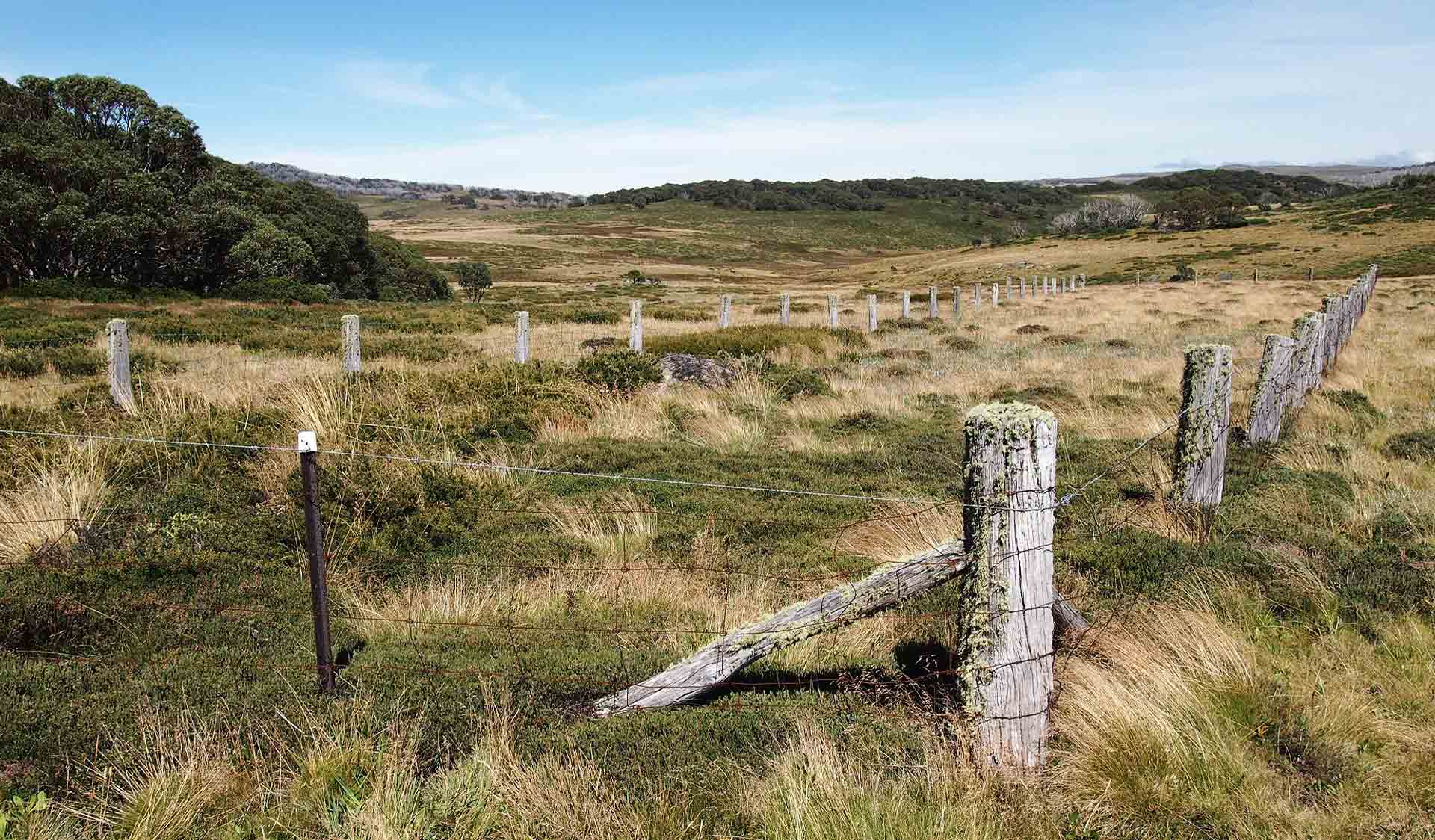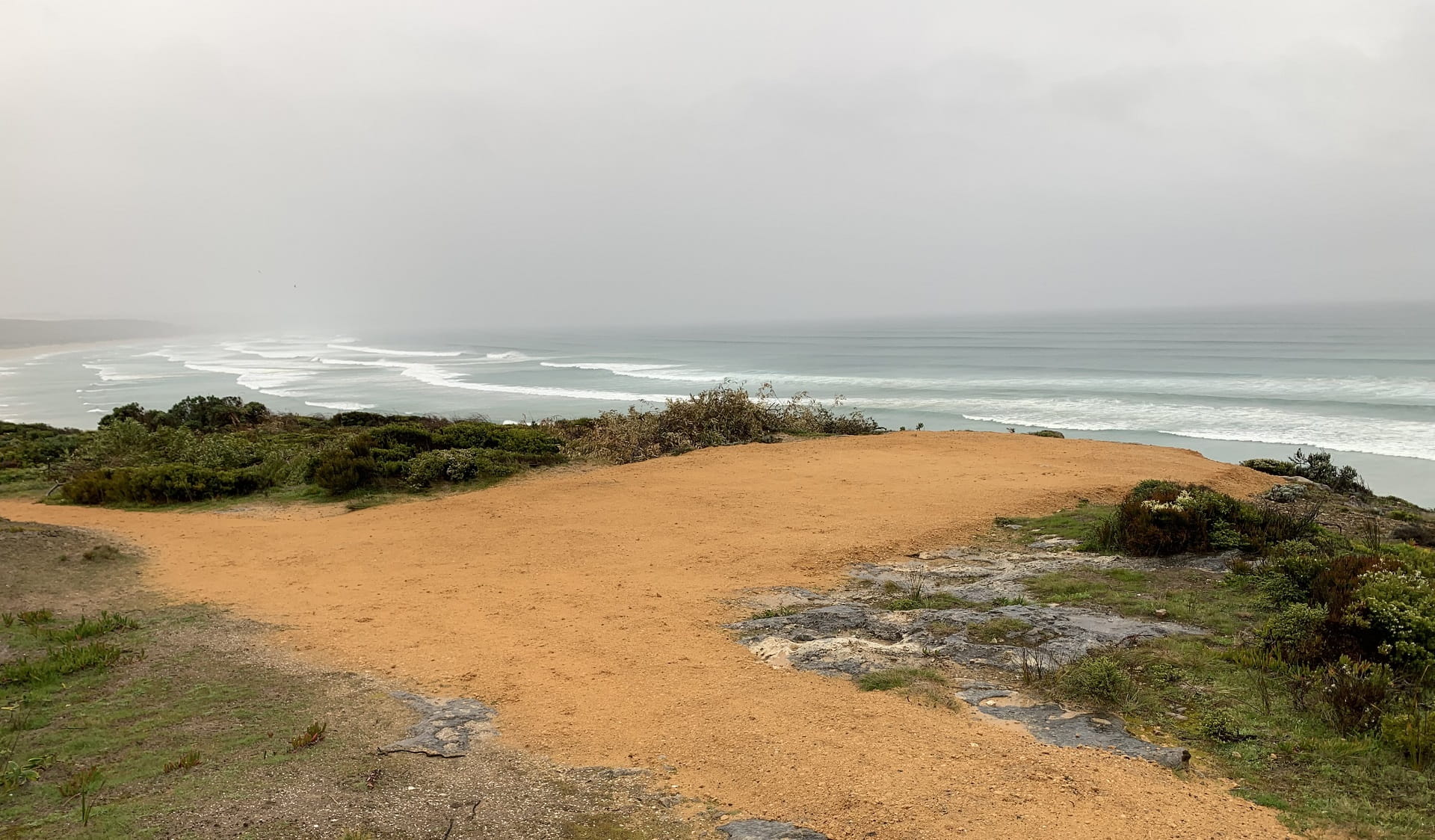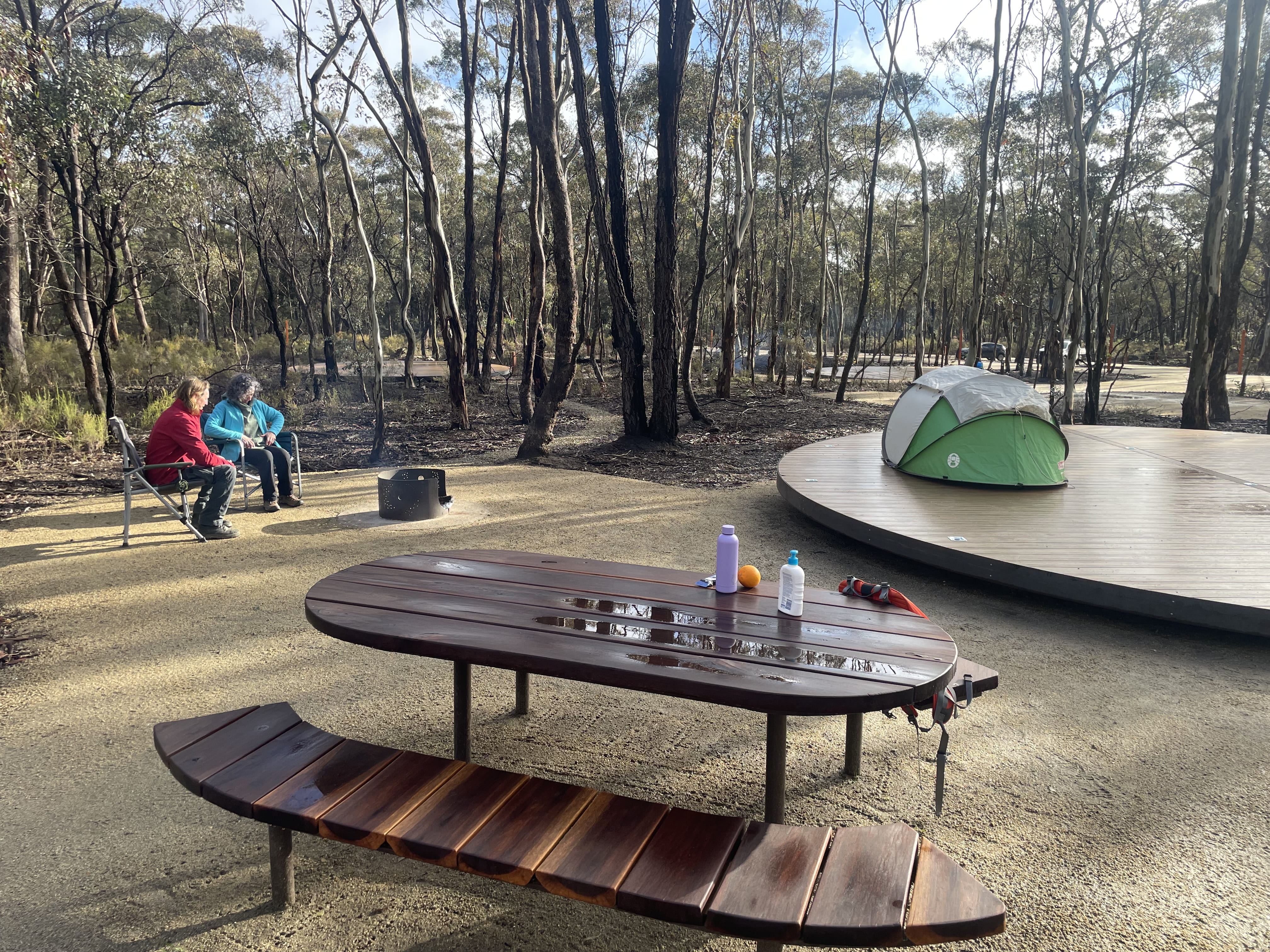Closer to Nature, Episode 1: In Nature, Everything is Linked
Tuesday 13 August, 2024
Overview
- In the first episode of Closer to Nature, we speak with Elaine Thomas, Parks Victoria Project Co-ordinator based in the Victorian alps, about the Mountain Pygmy Possum.
- Associate Professor Lauren Bennet from the University of Melbourne talks about how climate change is impacting Victoria’s trees and forests and why it matters.
- Closer to Nature is a new podcast by Parks Victoria, about how the climate crisis is unfolding across Victoria.
Subscribe to Closer to Nature, wherever you get your podcasts.
Mountain Pygmy Possums under threat from climate change
Deep under the rocky boulder plateau of Mount McKay in the Victorian alps, a tiny marsupial is sleeping during the coldest months of the year. It’s here, more than 1800 metres above sea level that we learn about the remarkable life and struggles of the Mountain Pygmy Possum.
 An assortment of rocky outcrops and native grasses adorn the slopes of Mt McKay. Image credit: Parks Victoria
An assortment of rocky outcrops and native grasses adorn the slopes of Mt McKay. Image credit: Parks Victoria
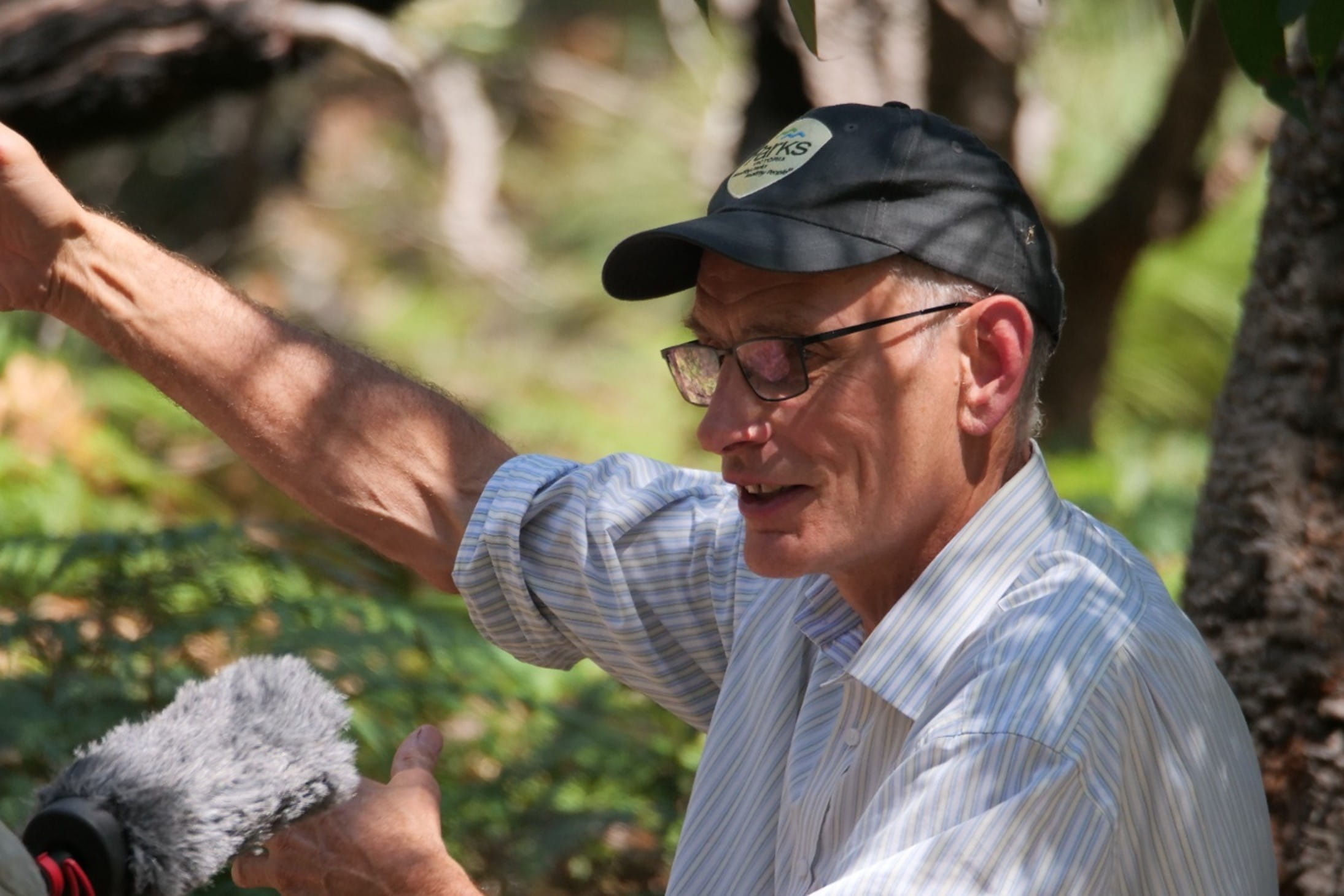
“If you’re thinking possum, you’re probably thinking (it has) trees as habitat, but you’d be wrong. This little guy kicks all the rules and instead lives on the ground, among piles of rocks known as boulder fields, interspersed by special trees called Mountain Plum Pines. It’s happiest in the cold and is perfectly adapted to life in the freezer” said Dr. Mark Norman. Image credit: Parks Victoria.
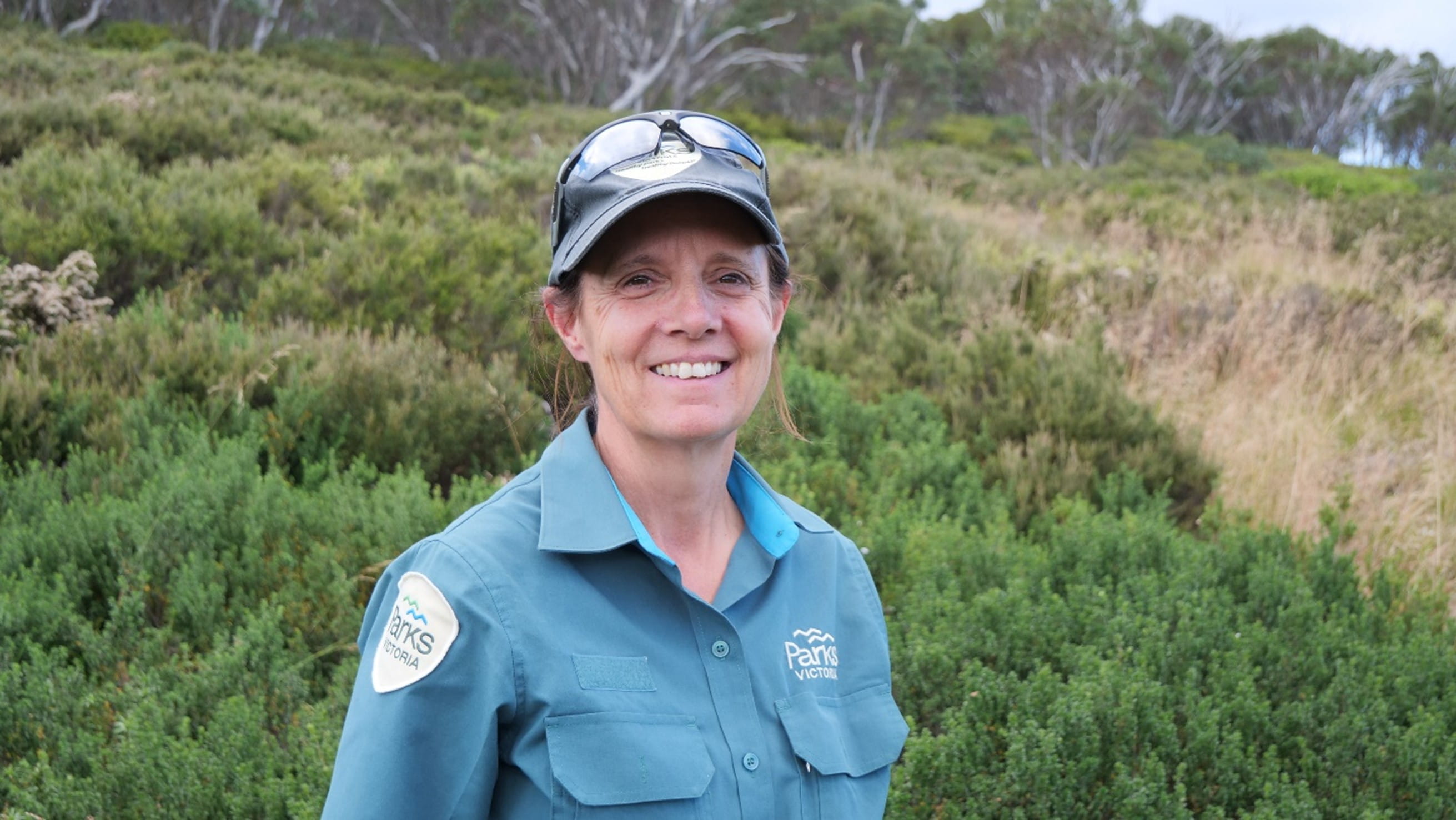
The survival of this “bug-eyed” marsupial is closely linked to another species.
“The Mountain Pygmy possum needs bogong moths to provide them with the energy that they need to produce and to feed their young. If under climate change, winter might finish early. The possum will wake up early and instead of having the bogong moths there ready to eat, they may not have appeared, which means that the possums will have less energy to breed. They might produce less young. The survival of Bogong moths is tightly linked to the survival of Mountain Pygmy possums”, Elaine Thomas. Image credit: Parks Victoria.
With about 2000 individuals spread across alpine areas in Australia, the Mountain Pygmy possum represents one of the most challenging species to protect in Victoria. There are multiple layers to this conservation challenge.
The highly invasive Willow tree looks most at home in the English country-side. They have established in between boulder fields, smothering the Mountain Pygmy possum’s food supply and habitat. Willows were a relatively recent arrival in the high country, after the 2003 fires. Clouds of air-borne seeds blew up from the valleys and landed in the boulder fields producing thousands of seedlings.
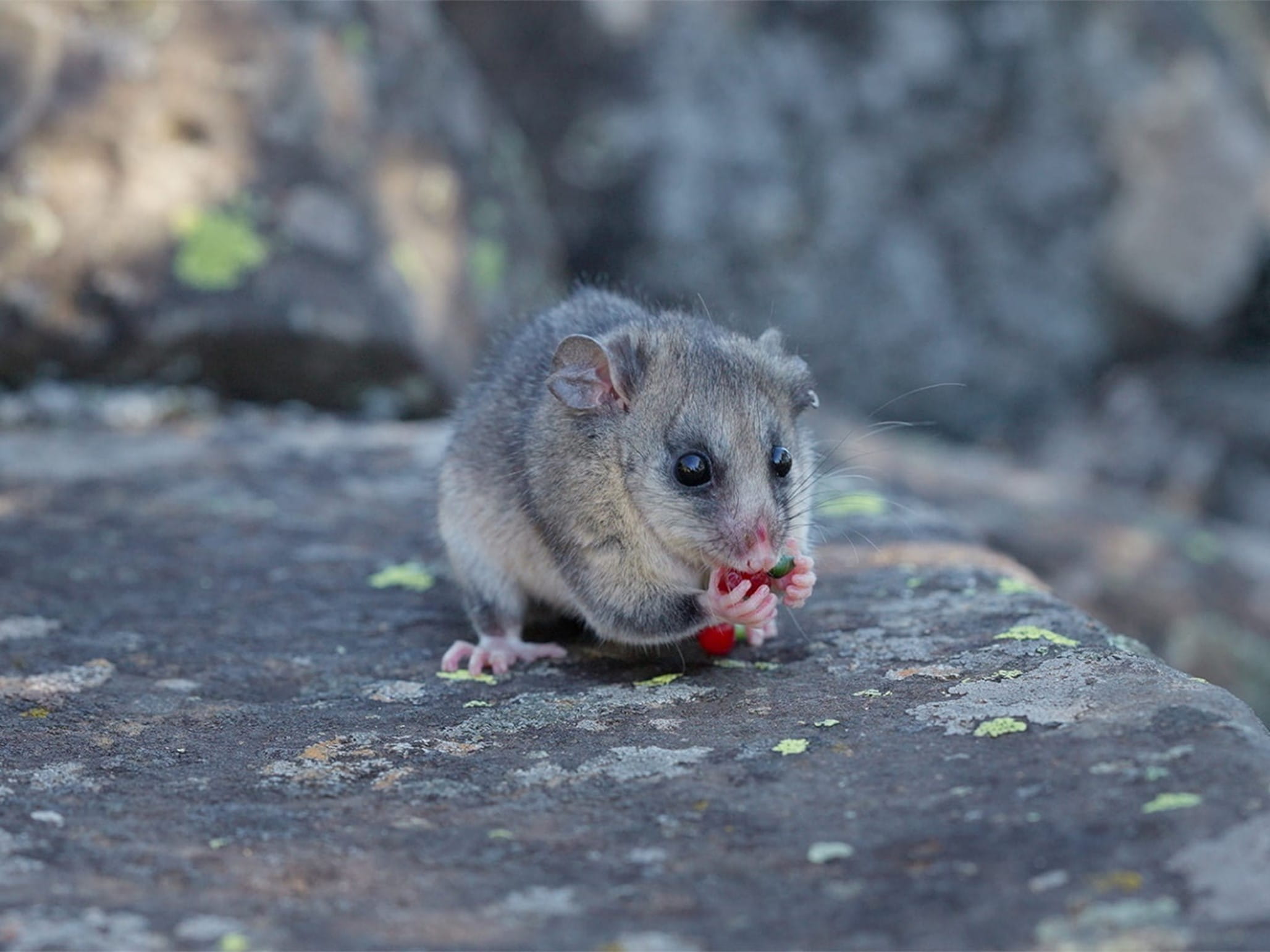
Willows grow between the boulders and have extensive root systems that choke the spaces the possums occupy. These trees are fast growing and out-compete the slower growing natives like the Mountain Plum Pine that the possums rely on for food. Image credit: Parks Victoria
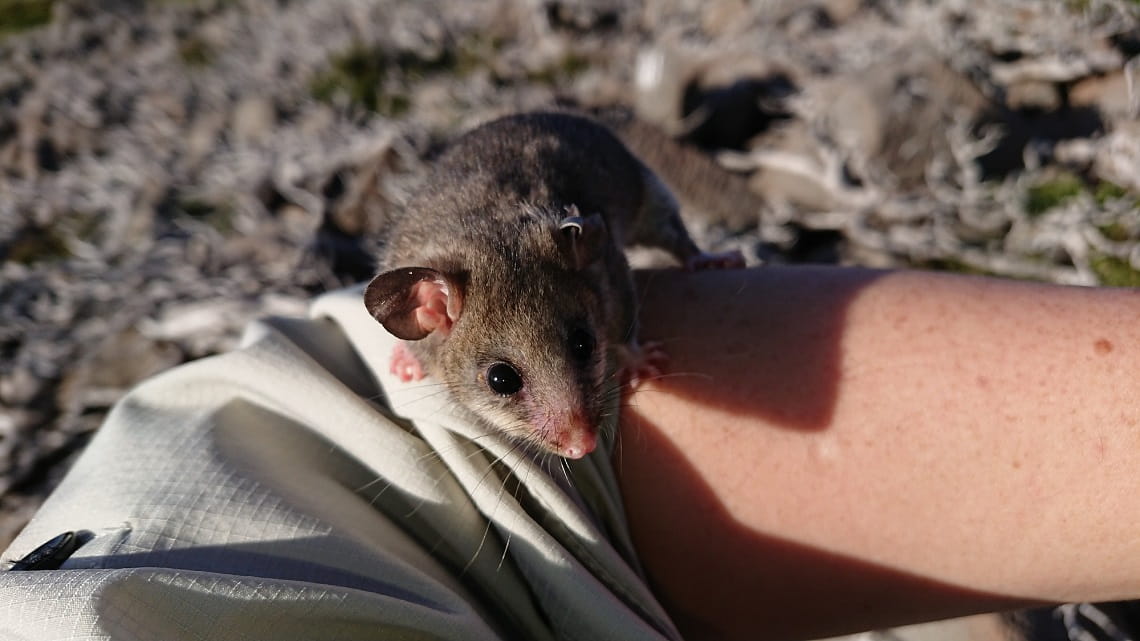
But one of the most important roles we play, is in our animal control programs, specifically focused on foxes and feral cats. Image credit: Parks Victoria.
"We'll bury a poison bait, and you know, foxes are curious animals. They'll come and see disturbance, they'll check it out, find a piece of meat that they'll either eat or, or cache and eat it later…"
Elaine Thomas
The Mountain Pygmy possum and its unique behaviour shows us how everything is linked.
“The lives and challenges of Mountain Pygmy possums are just one of the many examples of how species in nature are often dependent on each other for survival – when part of this intricate chain is broken, lots of other species and systems are affected."
Dr. Mark Norman
Parks Victoria delivers this work as part of the Victorian Mountain Pygmy-possum Recovery Team, a collaboration of conservation organisations. Partners include DEECA (Department of Energy, Environment and Climate Action), the NSW Department of Planning Industry and Environment, Alpine Resorts Victoria, University of Melbourne, La Trobe University, Ecology Links, Goulburn Broken Catchment Management Authority, North East Catchment Management Authority and Zoos Victoria.
The impact of fires and scorched landscapes on Victoria’s trees and forests
Associate Professor Lauren Bennett, Principal Research Fellow in the School of Agriculture, Food and Ecosystem Sciences at the University of Melbourne talks about the effect of climate change on one of the most important components of any ecosystem, trees.
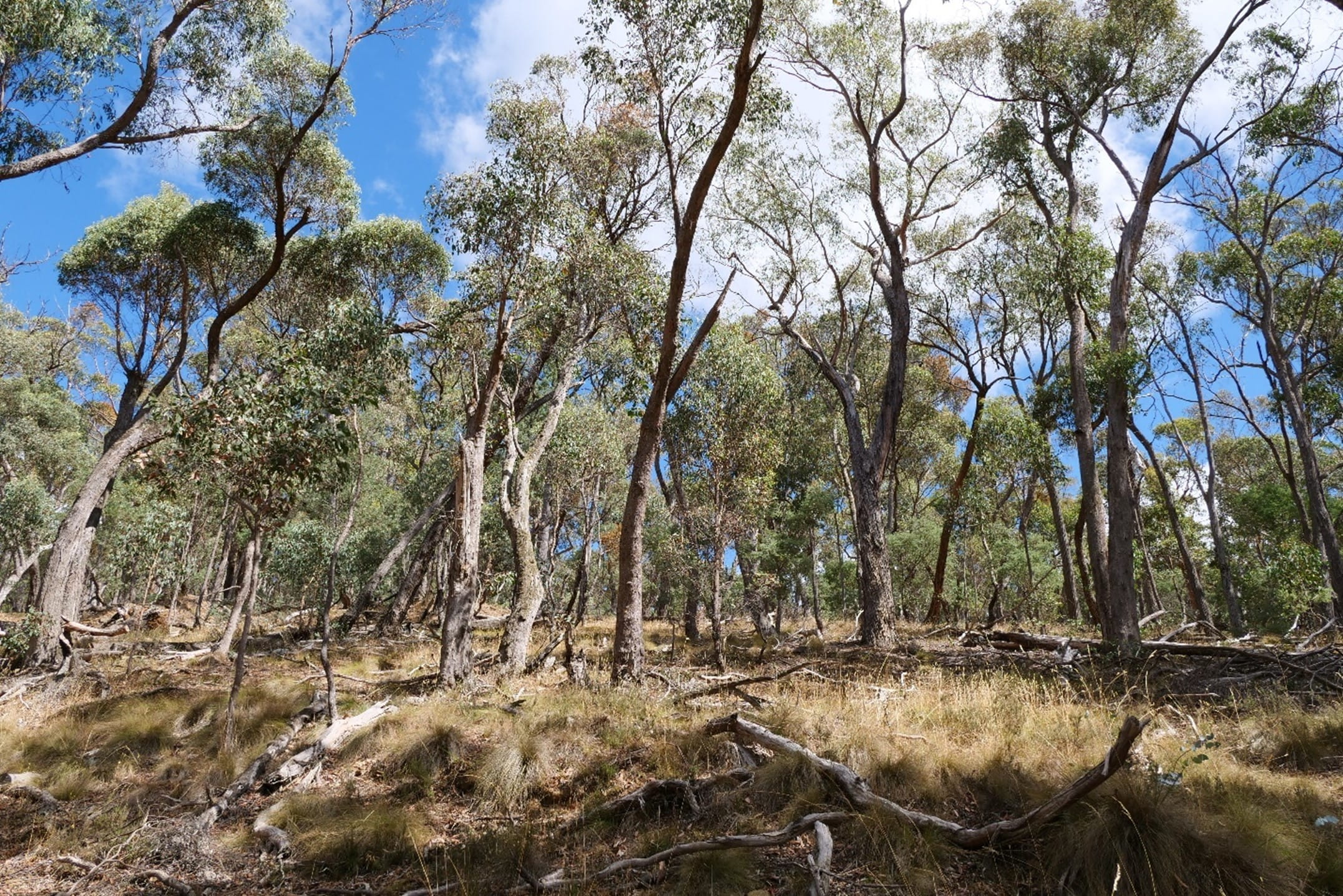
"They're not a forest or a woodland if the trees aren't there. They provide the foundational structure for woody ecosystems. They provide the microclimate for all understory plants”, Lauren Bennett. Image credit: Parks Victoria.
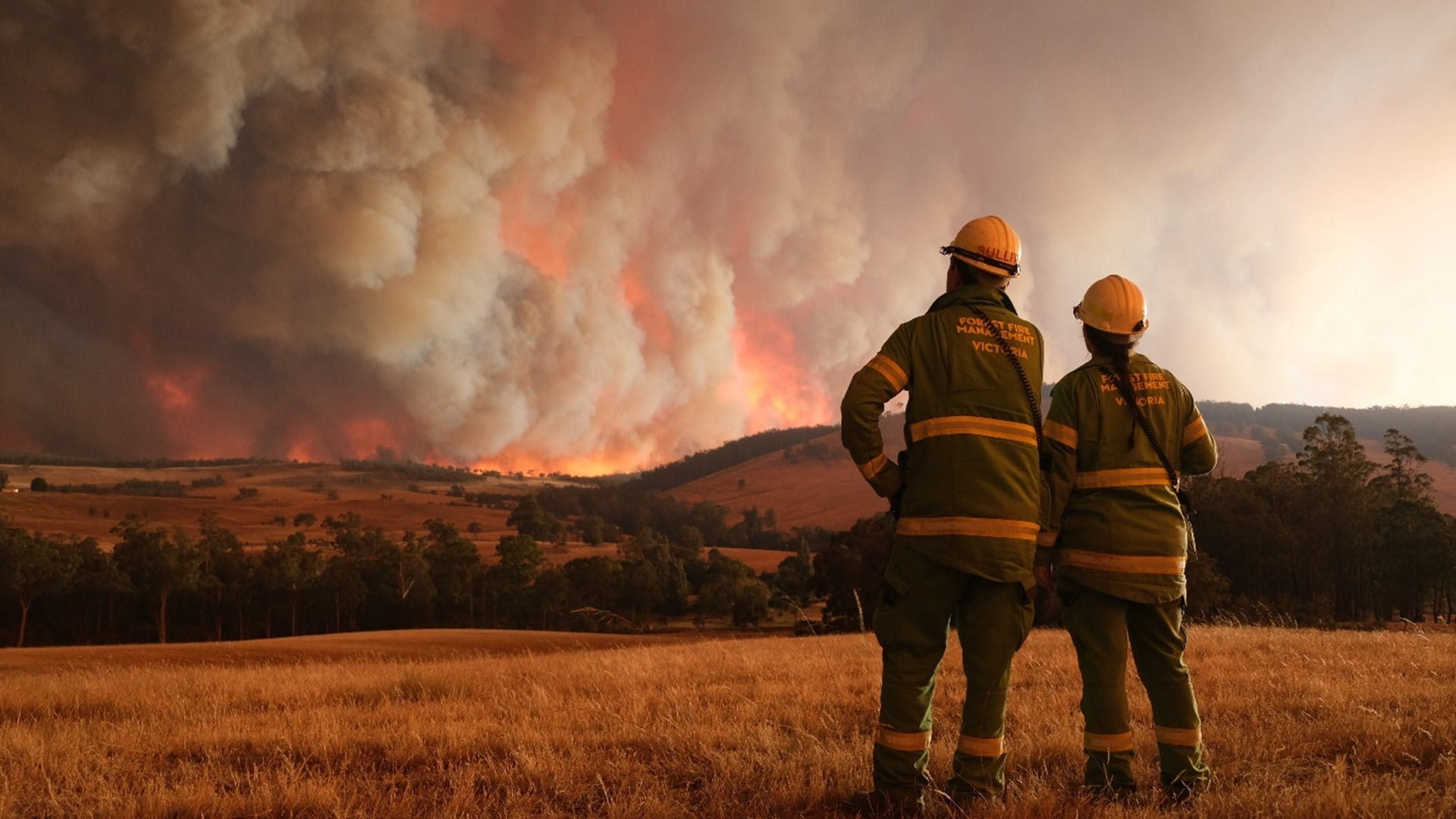
“Many Australian trees, particularly Eucalypts, have evolved to survive fires. But even Eucalypts haven't evolved to survive the increasing frequency, intensity and extent of bushfires, such as what we saw in the 2019/2020 Black Summer bushfires. These catastrophic fires burnt 15 million hectares across eastern Australia. But... with more frequent and intensely hot fires, some species and their seedlings, are not surviving long enough to make their own seeds”, Dr. Mark Norman. Image credit: DEECA (Department of Energy, Environment and Climate Action)
There are some answers to the current climate crisis and protecting our trees is one of the most important priorities.
“We need to protect trees as much as possible in all our environments, not just regional and forest landscapes, but also urban environments. In parts of western Victoria, we have less than 3 per cent remaining of the original distribution of some vegetation classes. That's obviously a key threat. It's still one of the key drivers of biodiversity loss throughout the world”
Associate Professor Lauren Bennett
Parks Victoria is looking at how landscapes are managed in reaction to a changing climate, in a completely new way.
“As the impacts of climate change are increasingly upon us, we have an urgent need to tackle threats to nature on three timescales… the first is to respond to current and sudden impacts or natural disasters like the Black Summer bushfires… the second timescale is to best prepare for imminent or likely impacts, and the third is to consider how we can best help nature over the longer term…”
Dr. Mark Norman
Links
• Zoos Victoria Moth Tracker
• Zoos Victoria bogong bikkies
• Willow control program – Parks Victoria
• Hepburn Regional Park
• Feral animals – foxes and feral cats (Parks Victoria)



